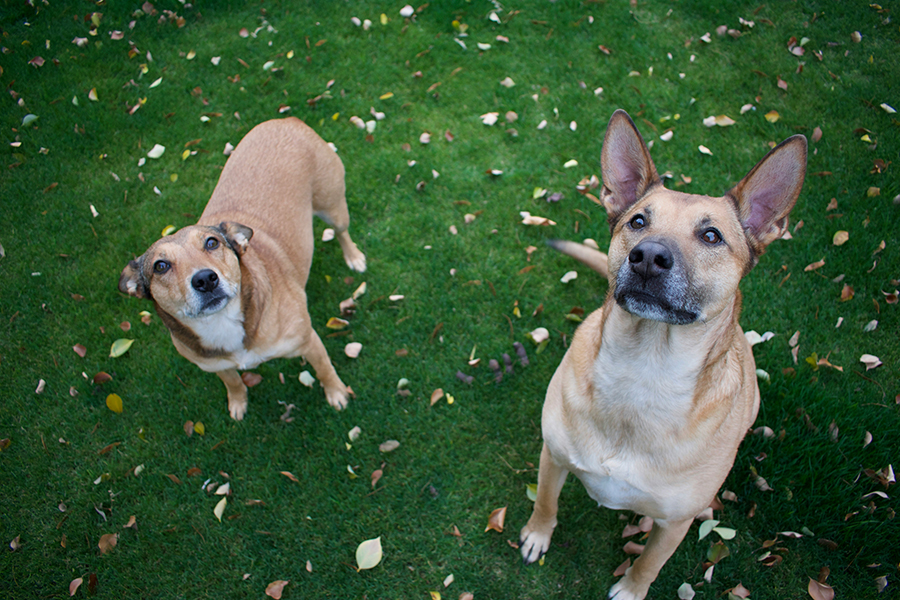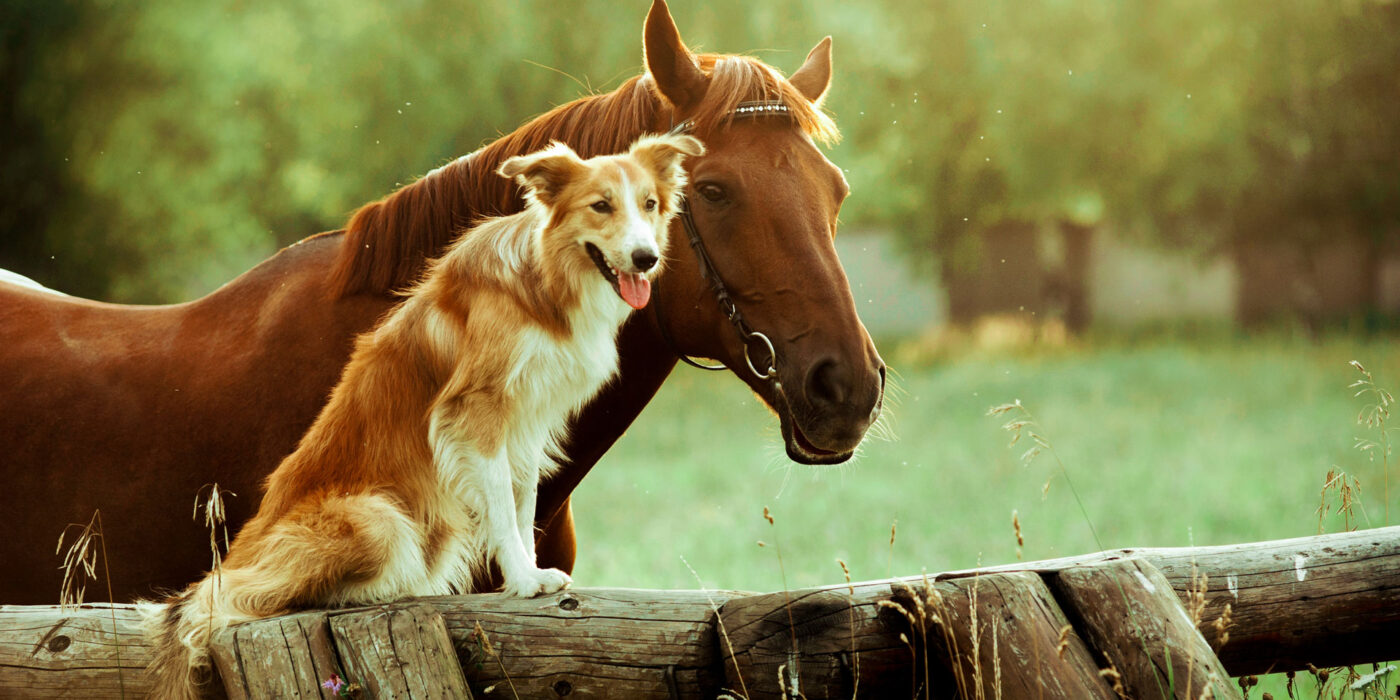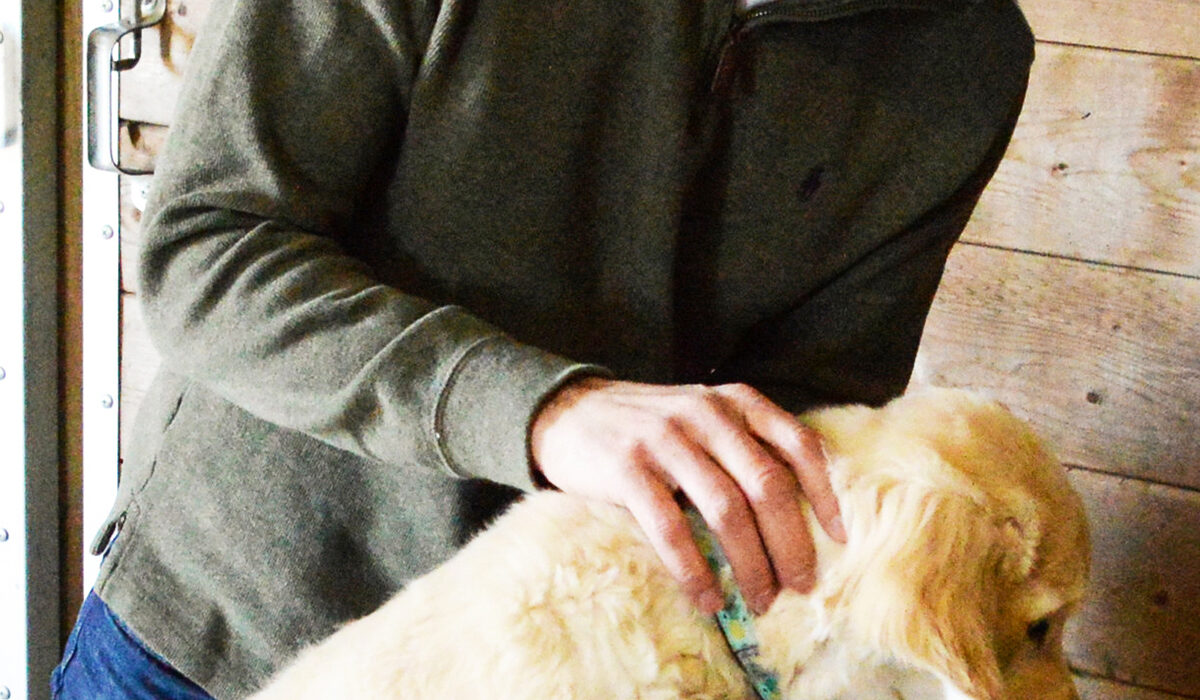Dogs are our faithful companions, offering us unwavering love and loyalty throughout their lives. As our furry friends age, however, they might face challenges that were once effortless. One common obstacle for older dogs is navigating stairs. Whether due to joint pain, arthritis, or other age-related issues, climbing stairs can become a daunting task for senior pups. As pet parents, there are several ways we can support and assist our aging companions in maneuvering stairs comfortably and safely.
Understanding Their Needs: First and foremost, it’s crucial to recognize the individual needs of your senior dog. Observe their behavior to determine if they struggle with stairs. Signs might include hesitation, reluctance, or visible discomfort while climbing or descending. As dogs lose hip strength as they age, their ability to propel themselves up a flight of stairs with their back legs diminishes. This can actually increase the wear and tear on the front end which has to compensate for the lack of hind end strength. Consulting with a veterinarian can help identify any underlying health issues causing this difficulty.
Creating a Safe Environment: Modify the environment to ensure safety for your older dog. Consider installing non-slip surfaces on stairs to provide better traction. Stair treads or rugs with a firm grip can reduce the risk of slipping, offering stability and confidence to your furry friend as they navigate the steps.
Gentle Exercises and Rehabilitation: Engage your senior dog in gentle exercises and rehabilitation activities to improve their strength and mobility. Consult with a veterinarian or a professional dog trainer for suitable exercises that can help strengthen their muscles and joints. Physical therapy tailored to your dog’s needs can work wonders in enhancing their ability to handle stairs more comfortably.
Chiropractic adjustments: Keep your dog moving as freely as possible. Adjustments reduce pain, improve joint mechanics and reduce muscle tension which all help to keep your dog mobile. A dog that’s in discomfort will have a lot harder time navigating stairs than a dog who is feeling great and that’s despite any age-related weaknesses.
Implementing Assistive Devices: There are various assistive devices available that can aid older dogs in managing stairs. Dog ramps can provide a gradual incline or support, making the ascent and descent easier and less strenuous. These devices reduce the impact on joints and muscles, allowing your furry companion to navigate the stairs with reduced effort.
Training and Encouragement: Patience and positive reinforcement play a crucial role in helping your senior dog conquer their fear or discomfort with stairs. Use treats, praise, and encouragement to motivate them during the learning process. Take it slow and allow them to progress at their own pace, rewarding each successful attempt. If your dog has ever had a fall or slip on the stairs they can remember that for years. Confidence is important so help them to gently get over any fears they have of stairs.
Alternative Living Arrangements: In some cases, modifying your home layout can alleviate the need for your senior dog to use stairs frequently. Setting up a cozy living space on one floor can minimize their need to navigate stairs daily, reducing stress on their joints.
Regular Veterinary Check-ups: Regular check-ups with a veterinarian are essential for senior dogs. They can assess your dog’s overall health and suggest appropriate treatments or adjustments to manage any age-related conditions that may affect their ability to use stairs comfortably.
Ultimately, supporting older dogs in navigating stairs requires patience, understanding, and a commitment to their well-being. By making necessary modifications to their environment, offering encouragement and assistance, and ensuring proper medical care, we can help our loyal companions continue to move through life with comfort and dignity, one step at a time.







